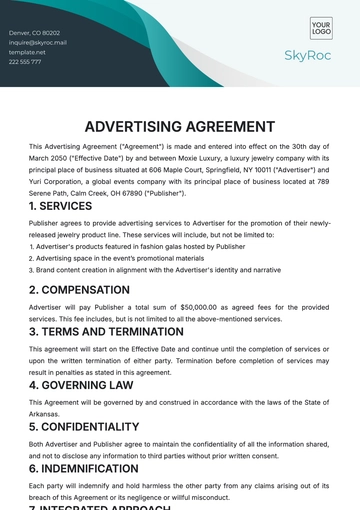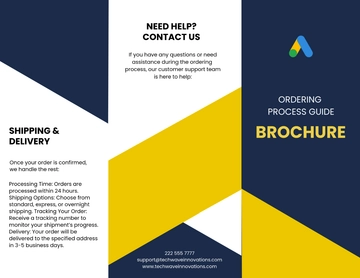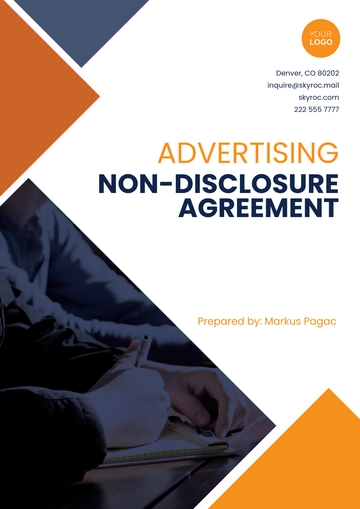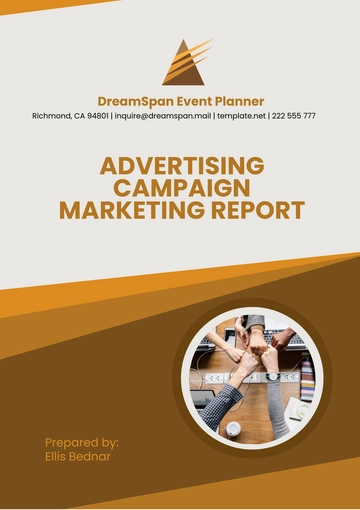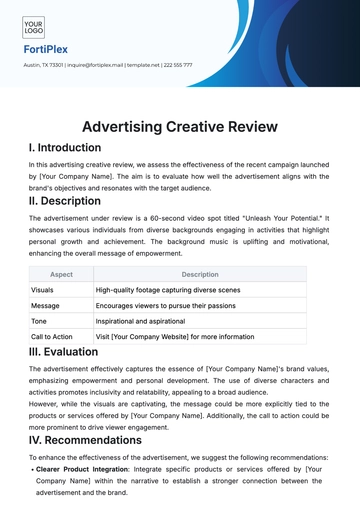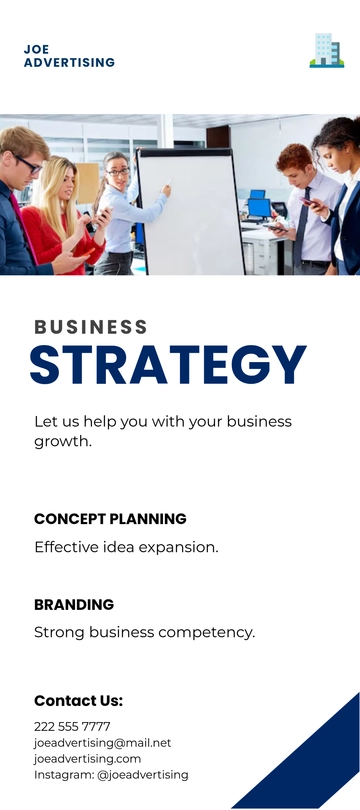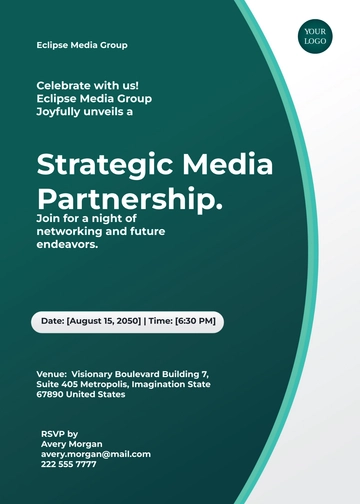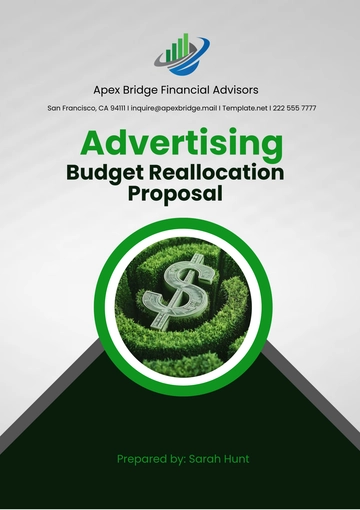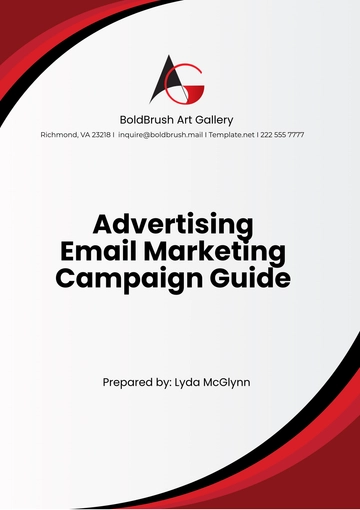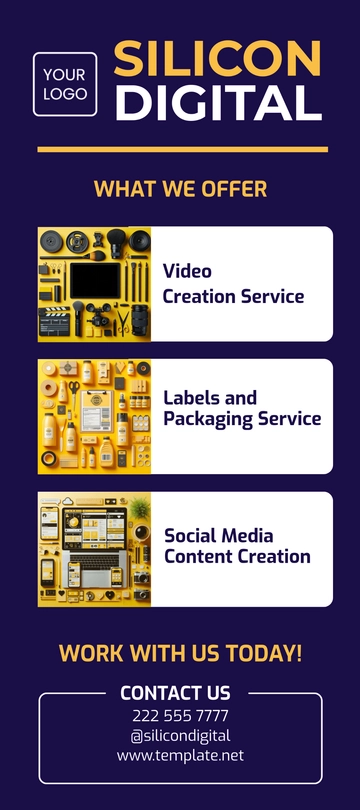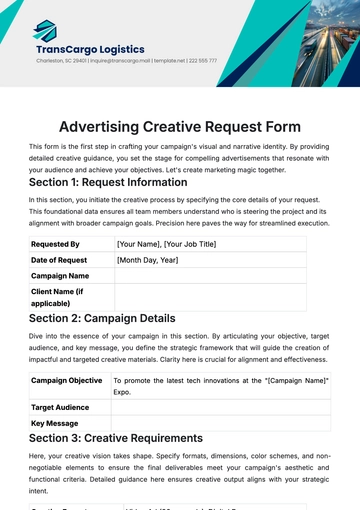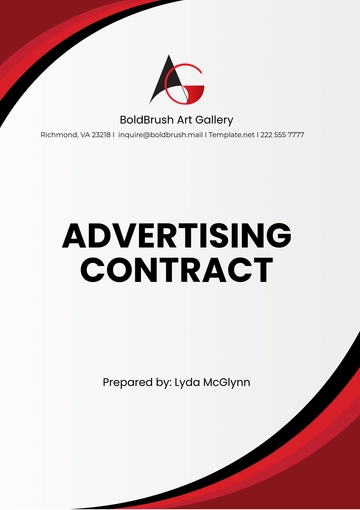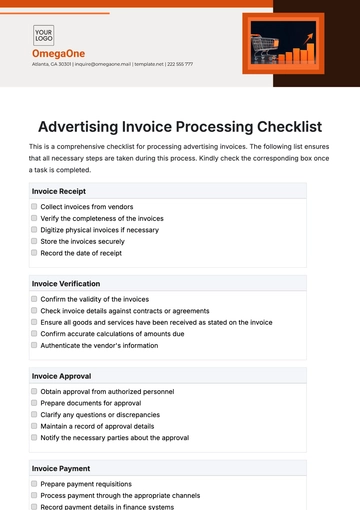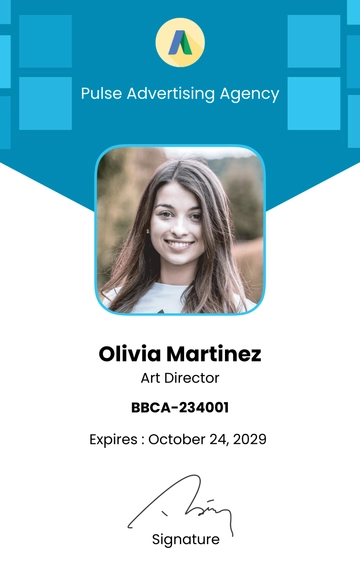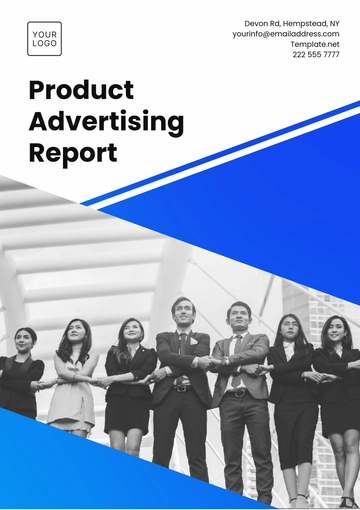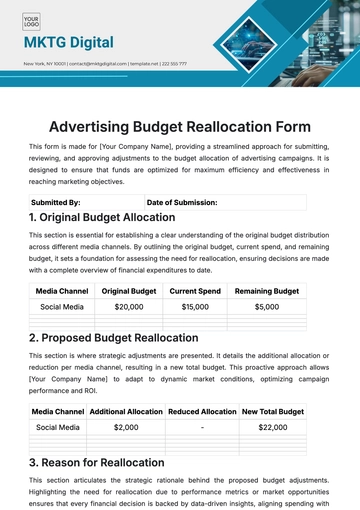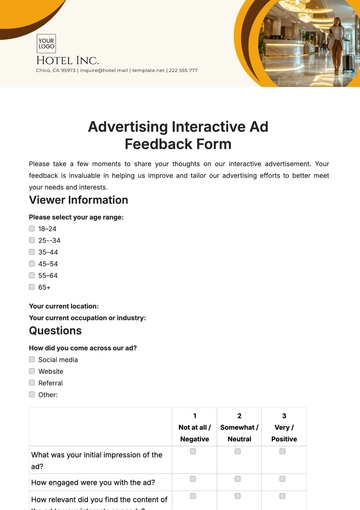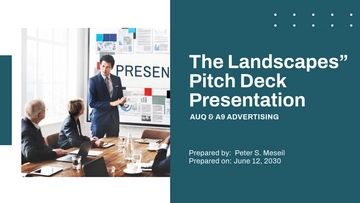Free Advertising Media Buying Efficiency Study
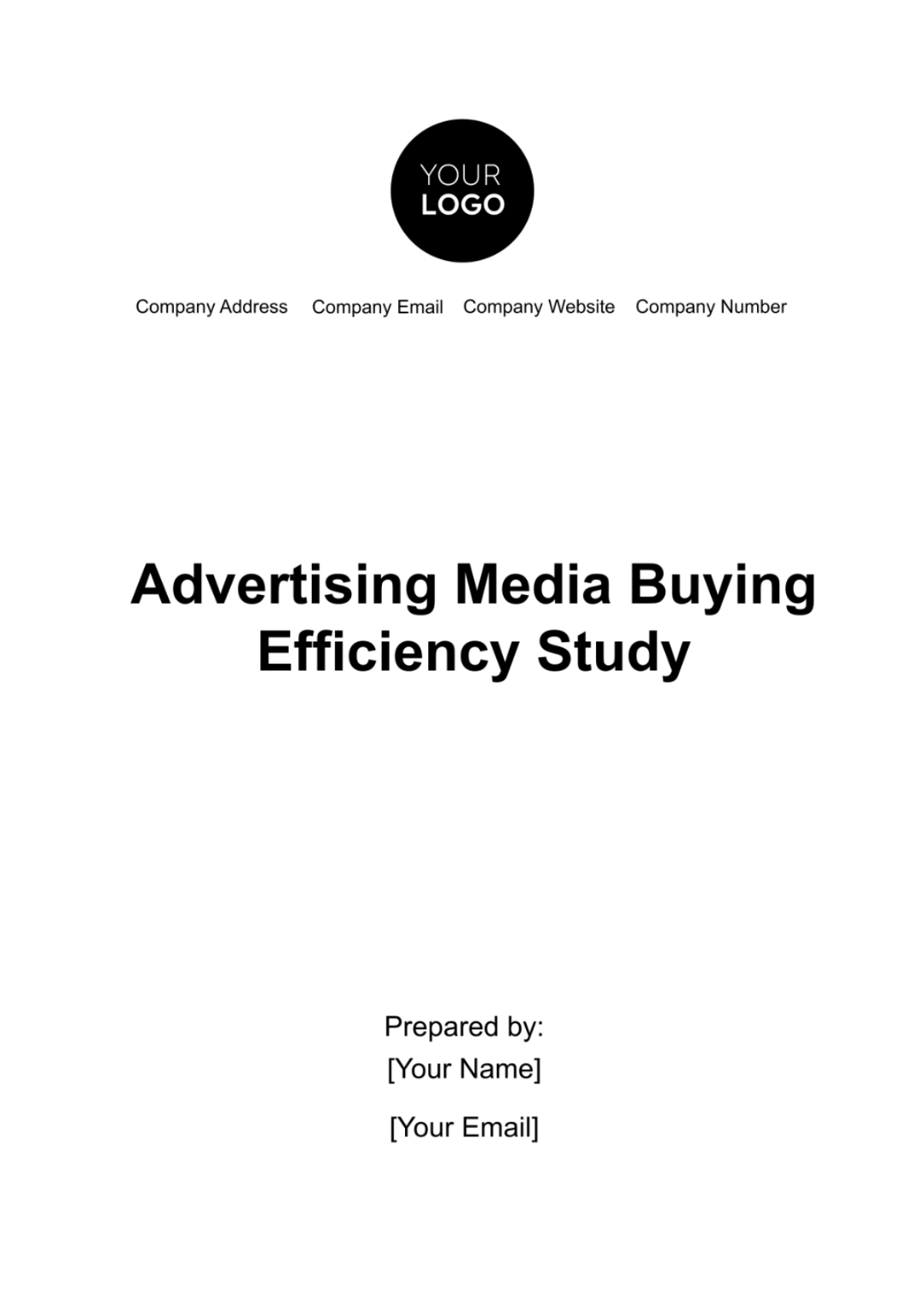
I. Executive Summary
In our pursuit of optimizing advertising spend and maximizing campaign outcomes, we undertook a comprehensive Advertising Media Buying Efficiency Study. This study aimed to scrutinize our current media buying practices, assess their performance against industry benchmarks, and identify opportunities for cost savings and effectiveness improvements. Through a detailed analysis of our media buying strategy, market dynamics, and campaign performance data, we have gleaned insights that are pivotal for enhancing our advertising efficiency.
Our digital advertising channels offer the highest ROI but are underfunded relative to their potential.
Traditional media, while effective for broad reach, exhibit higher costs per engagement, indicating potential overspending.
Media buying during peak seasons leads to increased costs without a proportional increase in engagement or conversion.
Lack of real-time analytics has delayed optimization opportunities for ongoing campaigns.
Our negotiation strategies have not fully capitalized on bulk buying advantages or long-term partnership benefits.
II. Introduction
As the landscape of media consumption continues to evolve, maintaining an efficient and effective media buying strategy is crucial for staying competitive and maximizing return on investment. Recognizing the need to optimize our advertising spend, we initiated an Advertising Media Buying Efficiency Study. The goal of this study is to evaluate our current media buying practices, compare their performance and cost-efficiency with industry standards, and uncover actionable insights to enhance our advertising effectiveness. By doing so, we aim to not only achieve better engagement and conversions but also ensure that every dollar spent is contributing meaningfully to our marketing objectives.
III. Methodology
To conduct this study, we adopted a mixed-methods approach, combining quantitative analysis of our advertising spend and campaign performance metrics with qualitative assessments of market conditions and media channel effectiveness. Our evaluation focused on a comprehensive set of criteria designed to measure the efficiency and effectiveness of our media buying activities.
Criterion | Description |
Cost-Effectiveness | Measures the cost per reach and engagement, aiming for the lowest possible cost with maximum impact. |
Audience Alignment | Evaluates how well our media buys reach our target audience, considering demographics and media consumption habits. |
Return on Investment (ROI) | Assesses the financial return generated from our media spending relative to the costs. |
Adaptability | The ability to quickly adjust media buying strategies in response to market changes or campaign performance data. |
Negotiation Effectiveness | Measures our success in leveraging negotiations to achieve better pricing or added value from media buys. |
IV. Market and Audience Analysis
Our comprehensive analysis of the market and our target audience's behavior has revealed critical insights into their media consumption habits and preferences. Understanding these patterns is essential for optimizing our media buying strategy to ensure we are reaching our audience effectively and efficiently.
Demographic | Media Habits | Preferences |
Millennials | High engagement with social media and streaming services | Authentic, engaging content; value-driven brands |
Gen Z | Predominantly uses mobile devices for short-form video | Interactive content; visually appealing, quick information |
Gen X | Mix of traditional media (TV, newspapers) and digital platforms | Detailed, informative content; reliability and credibility |
V. Current Media Buying Strategy
A. Objectives
Our primary objective is to maximize ROI by effectively reaching and engaging our target audience across the most suitable media channels. We aim to enhance brand awareness, drive conversions, and foster brand loyalty. The strategy focuses on optimizing our media mix to balance reach, frequency, and impact within our budget constraints, ensuring we are present where our audience is most attentive and receptive.
B. Target Media Channels
We have historically spread our efforts across a variety of media channels to cast a wide net. Digital platforms, particularly social media and search engines, have been our primary focus due to their high engagement rates and targeting capabilities. Traditional media, such as television and print, have been used to ensure broad reach and reinforce our brand presence among older demographics.
C. Budget Allocation
Allocating our budget effectively across media channels is critical for achieving our advertising objectives. Our current strategy has emphasized digital media due to its tracking capabilities and targeted reach, but we continuously evaluate the performance of all channels to adjust our spending accordingly.
Media Channel | Allocation (%) | Amount ($) |
Digital (Social Media, PPC) | 60% | 600,000 |
Television | 20% | 200,000 |
Print (Newspapers, Magazines) | 10% | 100,000 |
Other (Outdoor, Radio) | 10% | 100,000 |
Total | 100% | 1,000,000 |
D. Scheduling
Timing our media buys is as important as the channels we choose. Our scheduling strategy is designed to optimize exposure during peak times when our target audience is most active, balancing between maintaining a constant presence and capitalizing on high-impact periods.
Media Channel | Peak Times | Off-Peak Times |
Digital | Evenings & Weekends | Work Hours (9 AM - 5 PM) |
Television | Prime Time (8 PM - 11 PM) | Late Night (After 11 PM) |
Weekend Editions | Weekday Editions | |
Other | Special Events | Regular Days |
VI. Performance Evaluation
To gauge the effectiveness of our current media buying strategy, we meticulously analyzed our campaigns against a set of predetermined Key Performance Indicators (KPIs). The insights derived from this analysis are crucial for identifying areas of strength and pinpointing opportunities for optimization.
KPI | Target | Actual | Variance (%) |
Reach (Millions) | 5 | 4.5 | -10 |
Engagement Rate (%) | 3.5 | 4.0 | +14.3 |
Conversion Rate (%) | 2 | 1.8 | -10 |
ROI | 120% | 115% | -4.2 |
The KPI evaluation reveals a mixed performance against our targets. While we achieved a higher-than-expected engagement rate, indicating effective audience interactions, our reach and conversion rate fell short of our goals. This suggests that while our content resonates with those it reaches, we may not be adequately penetrating our target market or converting interest into action at the anticipated rate. The slight shortfall in ROI underscores the need for refining our media buying strategy to enhance efficiency and effectiveness.
VII. Comparative Analysis
To contextualize our performance, we conducted a comparative analysis against industry benchmarks and competitors. This analysis allows us to identify where we stand in the market and uncover competitive advantages or areas requiring improvement.
Metric | Our Performance | Industry Average | Top Competitor |
Reach (Millions) | 4.5 | 5.0 | 5.5 |
Engagement Rate (%) | 4.0 | 3.0 | 4.5 |
Conversion Rate (%) | 1.8 | 2.0 | 2.5 |
ROI | 115% | 110% | 130% |
The comparative analysis highlights that our engagement rate surpasses the industry average, suggesting our content and channel selection resonate well with our audience. However, our reach and conversion rates lag behind both the industry average and our top competitor, indicating missed opportunities for broader audience penetration and conversion efficiency. Notably, our ROI outperforms the industry average, which is a positive sign of our overall investment efficiency. Yet, there remains a gap to close with our top competitor, particularly in maximizing the conversion of reach and engagement into tangible business results. These insights will guide our efforts to refine and enhance our media buying strategy.
VIII. Cost Efficiency Analysis
An essential aspect of our Advertising Media Buying Efficiency Study is the cost efficiency analysis. By dissecting these costs, we aim to identify opportunities for reallocating our budget to maximize impact while minimizing expenditure.
A. Cost Breakdown
Media Channel | Total Spend ($) | Total Reach (Millions) | Total Engagements |
Digital | 600,000 | 3 | 120,000 |
Television | 200,000 | 1 | 20,000 |
100,000 | 0.3 | 5,000 | |
Other | 100,000 | 0.2 | 4,000 |
B. Cost Efficiency Evaluation
Metric | Digital | Television ($) | Print | Other |
Cost per Reach (CPR) | 200,000 | 200,000 | 333,333 | 500,000 |
Cost per Engagement (CPE) | 5 | 10 | 20 | 25 |
Overall Cost-Effectiveness | High | Medium | Low | Very Low |
Our cost efficiency analysis reveals that digital channels offer the highest overall cost-effectiveness, with the lowest cost per engagement and a competitive cost per reach. Television provides a moderate level of cost-effectiveness, balancing reach and engagement cost reasonably well. In contrast, print and other media channels exhibit lower cost efficiency, with significantly higher costs per reach and engagement. This insight suggests a potential over-investment in less efficient channels, highlighting an opportunity to shift our budget towards more cost-effective digital platforms to enhance our overall advertising efficiency.
IX. Strengths and Weaknesses
The analysis of our media buying efficiency has illuminated several strengths and weaknesses in our current strategy.
A. Strengths
High Engagement Rate on Digital Platforms: Our digital campaigns outperform the industry average in engagement, demonstrating our ability to create resonant content and effectively target our audience on these channels.
Above-Average ROI: Our ROI exceeds the industry average, indicating a generally efficient allocation of our advertising budget towards channels that drive value.
B. Weaknesses
Underutilization of Digital Media: Despite its high cost-effectiveness, our investment in digital media is not proportionate to its potential, suggesting missed opportunities for enhanced reach and engagement.
Inefficient Budget Allocation: The allocation of a significant portion of our budget to traditional media channels, like print and other, which show lower cost efficiency, indicates room for optimization.
Lagging Behind in Reach and Conversion Rates: Our reach and conversion rates fall short of both industry averages and those of our top competitor, highlighting a need for strategic adjustments in our media buying and targeting approaches.
X. Recommendations for Improvement
Based on our comprehensive analysis, several key recommendations emerge for enhancing our media buying efficiency. These recommendations aim to address the identified weaknesses while capitalizing on our strengths to ensure our advertising efforts are as effective and efficient as possible.
Increase Investment in Digital Media: Shift a greater portion of our budget towards digital channels, where we see higher engagement rates and cost-effectiveness.
Reevaluate Traditional Media Spend: Assess the ROI of traditional media channels like print and television, and consider reducing spend in areas with lower cost efficiency.
Enhance Real-Time Analytics and Reporting: Implement more robust analytics tools to allow for real-time campaign adjustments, maximizing engagement and ROI.
Refine Targeting Strategies: Utilize advanced targeting technologies to improve reach and conversion rates among our key demographics.
Strengthen Negotiation Strategies: Leverage data insights to negotiate better rates and value-adds with media partners, focusing on long-term partnerships where possible.
XI. Implementation Plan
To ensure the successful implementation of our recommended improvements, a structured plan is necessary. This plan outlines the steps, timelines, and responsibilities for executing changes to our media buying strategy.
Step | Timeline | Responsibility |
Conduct Digital Media Market Review | Month 1-2 | Media Planning |
Reassess Traditional Media Contracts | Month 2-3 | Legal |
Upgrade Analytics Tools | Month 3-4 | IT |
Develop Enhanced Targeting Strategies | Month 4-5 | Marketing |
Train Team on Negotiation Techniques | Month 5-6 | HR |
XII. Conclusion
Our Advertising Media Buying Efficiency Study has provided invaluable insights into the performance and efficiency of our current media buying strategy. By critically evaluating our approach and comparing it against industry benchmarks and best practices, we have identified clear opportunities for improvement. Implementing the recommended changes requires a concerted effort across our organization, but the potential benefits in terms of increased reach, engagement, and ROI are significant. As we move forward, continuous monitoring and adaptation will be key to maintaining and enhancing our media buying efficiency, ensuring that our advertising investments deliver the highest possible return.
- 100% Customizable, free editor
- Access 1 Million+ Templates, photo’s & graphics
- Download or share as a template
- Click and replace photos, graphics, text, backgrounds
- Resize, crop, AI write & more
- Access advanced editor
Maximize your advertising ROI with the Advertising Media Buying Efficiency Study Template from Template.net. This indispensable tool is fully editable and customizable, offering a comprehensive framework for analyzing and optimizing your media investments. Tailor your efficiency study to meet specific needs and objectives with our AI Editor tool, ensuring strategic budget allocation and enhanced advertising performance.

